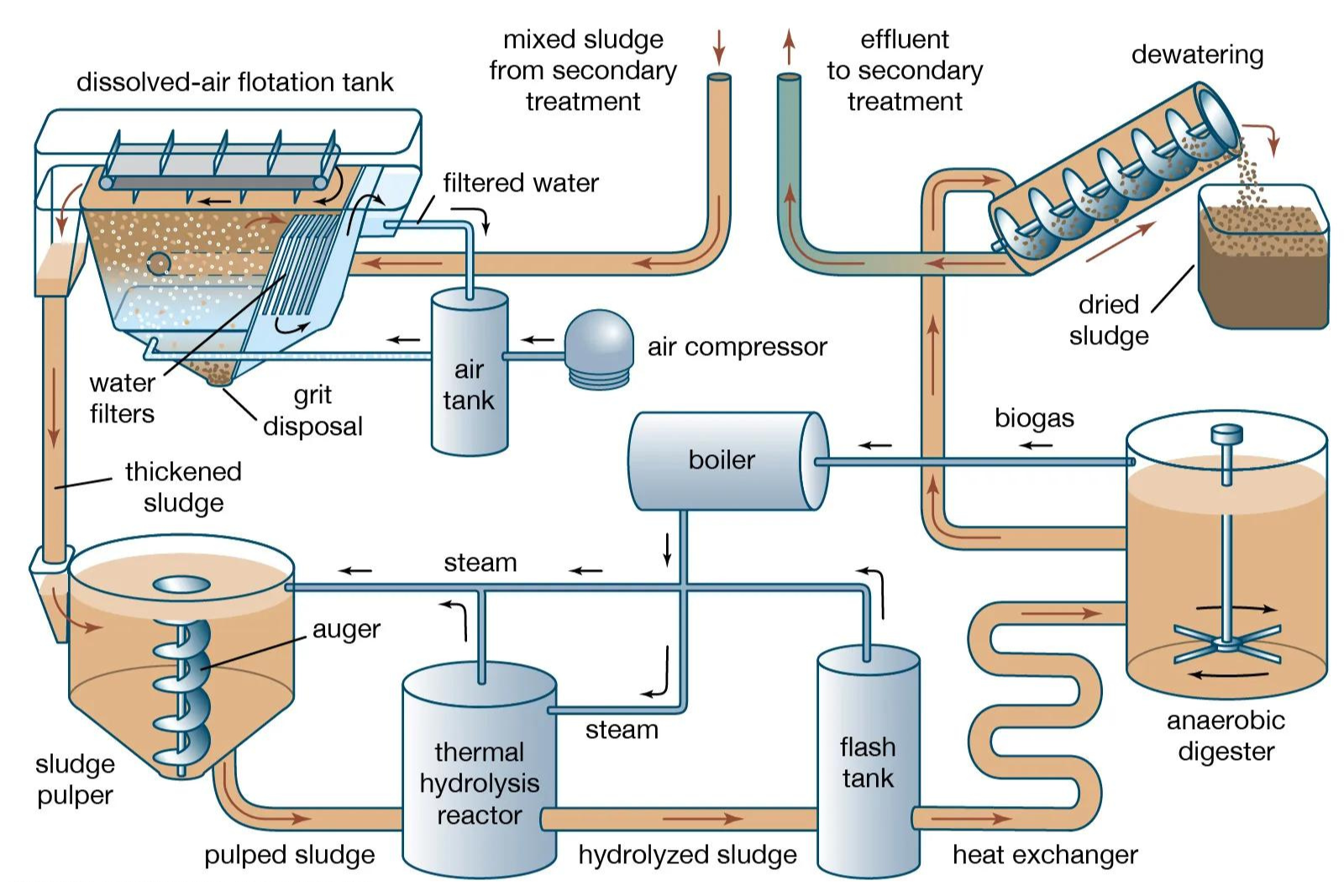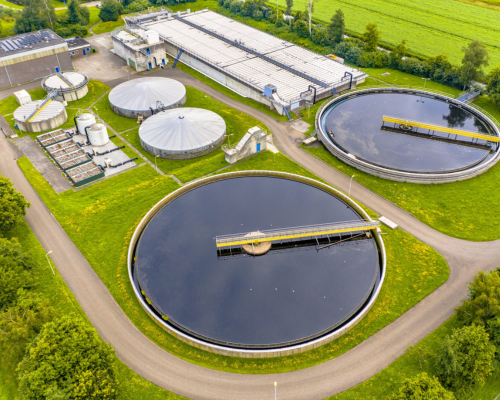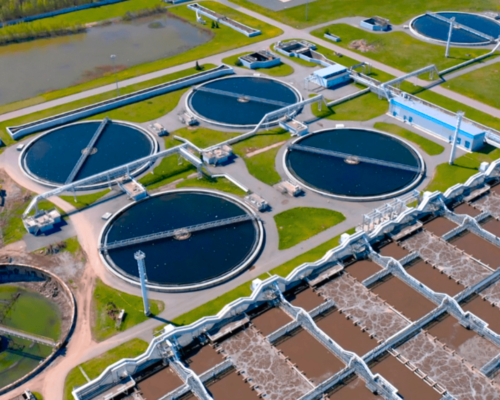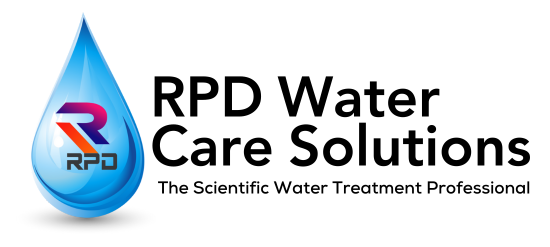Industrial Sewage Water Treatment Plant: Managing and Treating Industrial Wastewater
An industrial sewage water treatment plant is a facility designed to treat and manage the wastewater generated by industrial processes, ensuring that the water is treated to meet regulatory standards before being discharged into the environment or reused. This type of treatment plant is crucial for mitigating the negative environmental and health impacts associated with industrial wastewater. The treatment process involves several stages to remove pollutants and contaminants, making the water safe for release or reuse.
Quality Services
Stringent quality control measures at every step, ensuring only the best products and services are delivered to our clients.
Expertise
Highly skilled and knowledgeable team of professionals who use the latest technology and techniques for water treatment.
Support
Dedicated customer support team providing timely and efficient after-sales service, ensuring complete customer satisfaction.
Plant Process:-

1. Preliminary Treatment: The preliminary treatment stage involves the removal of large solids, debris, and grit from the industrial wastewater. Screening mechanisms, grit chambers, and other physical processes are used to separate these solid particles, preventing clogs in downstream equipment and facilitating smoother treatment processes.
2. Primary Treatment: During primary treatment, sedimentation and settling tanks are used to further remove suspended solids from the wastewater. This reduces the organic load and pollutants in the water. Primary treatment aims to separate settleable and floatable solids, producing sludge that will undergo further treatment.
3. Secondary Treatment: Secondary treatment involves biological processes that target dissolved and colloidal organic matter present in the wastewater. Common methods include activated sludge treatment, extended aeration, and sequencing batch reactors. Microorganisms break down organic pollutants, reducing the biochemical oxygen demand (BOD) and chemical oxygen demand (COD) of the water.
4. Tertiary Treatment: Tertiary treatment is employed to further polish the effluent before discharge or reuse. Advanced treatment methods such as filtration, chemical coagulation, adsorption, and advanced oxidation processes are used to remove remaining contaminants like nutrients (nitrogen and phosphorus), trace metals, and fine suspended solids.
5. Disinfection: After tertiary treatment, disinfection is performed to eliminate harmful pathogens and microorganisms from the treated water. Disinfection methods commonly used include chlorination, ultraviolet (UV) irradiation, and ozone treatment.
6. Sludge Management: Throughout the treatment process, sludge is generated as a byproduct. This sludge contains residual organic matter and contaminants. Sludge management involves processes like thickening, dewatering, and stabilization to reduce its volume and make it more suitable for disposal or beneficial use.
7. Monitoring and Compliance: Continuous monitoring of the treated water quality is essential to ensure compliance with local and national regulatory standards. Regular testing and analysis of various parameters, such as pH, turbidity, and pollutant concentrations, help confirm that the treated water meets required standards.
8. Reuse and Resource Recovery: In some cases, treated wastewater can be reused for non-potable purposes like irrigation, cooling, or industrial processes. Additionally, there’s growing interest in resource recovery from wastewater, such as extracting energy (biogas) from sludge and recovering valuable nutrients like phosphorus.
Conclusion: An industrial sewage water treatment plant plays a vital role in managing and treating wastewater generated by industrial processes. By implementing a comprehensive treatment process that includes preliminary, primary, secondary, and tertiary treatment stages, along with disinfection and sludge management, industries can significantly reduce their environmental impact and contribute to sustainable water management practices while adhering to regulatory standards.


